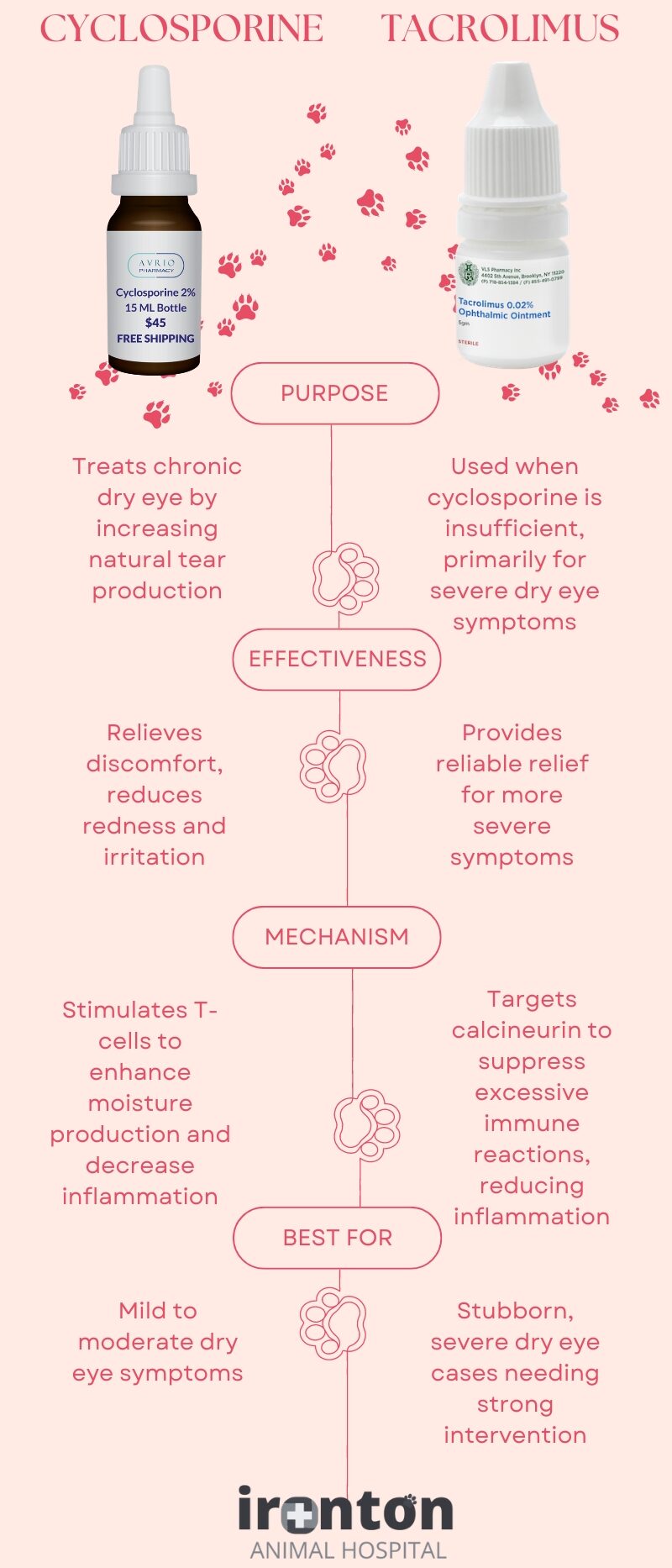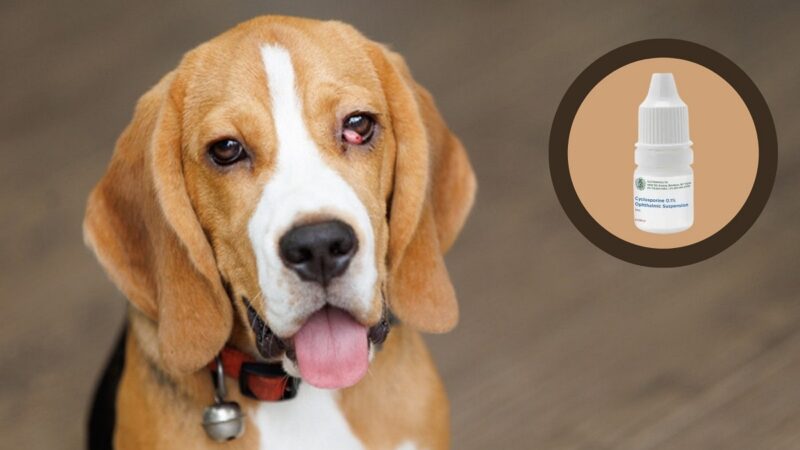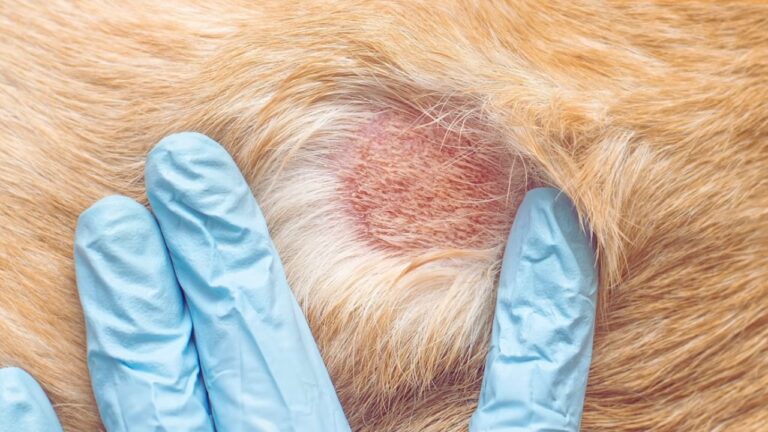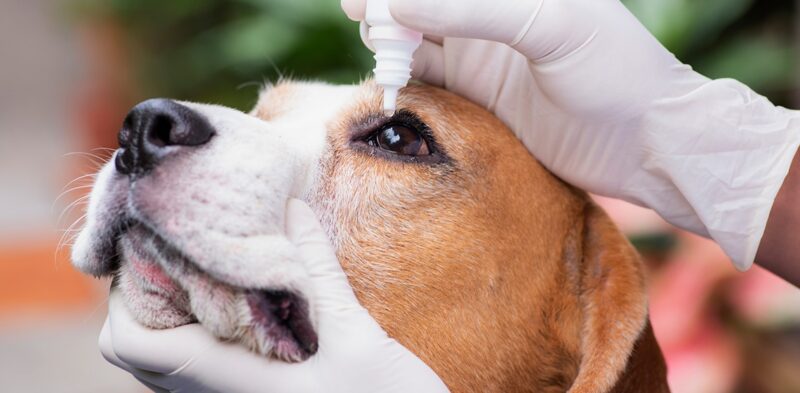When managing a dog’s ongoing eye issues, two treatments commonly take center stage: cyclosporine and tacrolimus eye drops. While both work to reduce inflammation through immunosuppression, they differ in important ways.
It’s helpful for pet parents to understand each option’s functions and whether one may be a better fit considering your canine’s individual condition. In this discussion, we’ll explore the approved uses, proven benefits and potential side effects of cyclosporine and tacrolimus.

Cyclosporine Eye Drops
Cyclosporine eye drops are a well-established treatment for dogs experiencing chronic dry eye conditions. Research shows it effectively increases natural tear production to relieve common signs of discomfort. By stimulating moisture, cyclosporine also helps reduce inflammation-related redness and irritation of the eyes over time.
As the first-line therapeutic option for many vets, cyclosporine has demonstrated success at easing dry eye symptoms through its two-fold approach. While not a one-size-fits-all solution, its history indicates benefit for mild-moderate cases seeking relief. Of course, individual factors always matter and alternatives are available if needed.
How Does It Work?

This treatment works with the body’s natural mechanisms to boost tear production and alleviate symptoms. Specifically, it engages T-cells which normally cause swelling as part of the immune response. However, in KCS their prolonged activation counterintuitively decreases tears over time.
By modulating T-cell activity, cyclosporine allows the eyes to make more moisture on their own accord. This targeted approach not only hydrates dry eyes but also supports balanced immunity. Less inflammation means less strain on the glands responsible for tear function.

Tacrolimus Eye Drops
If cyclosporine doesn’t fully do the trick on its own, vets may suggest tacrolimus—another balancer of immune responses much like the first-line therapy. As a stronger suppressor however, it delivers where extra calm is needed.
Severe symptoms requiring reliable relief is where tacrolimus’ potency earns it a role as Plan B. Through targeted intervention, it quiets overactive reactions with conviction, granting respite for pups significantly impacted. Of course, with increased influence comes higher responsibility too.
How Does It Work?

Learning more about tacrolimus’ targeted tear-touting and its even stronger anti-inflammation abilities.
For pups dealing with more stubborn dry eye that requires decisive yet customized support, tacrolimus delivers concentrated calm. It hones in on calcineurin, an enzyme spurring overeager immune reactions around the ocular area.

Which Is Better?
| Factor | Cyclosporine | Tacrolimus |
|---|---|---|
| Effectiveness | Effective in a broad range of cases for increasing tear production. Preferred as the first line of treatment for many veterinarians. | More potent, making it a better option for severe cases of KCS. |
| Side Effects | Milder side effect profile, safer for long-term use. Provides peace of mind for pet owners and veterinarians. | Increased risk of eye infections and possible burning sensation upon application. |
| Cost | Generally less expensive, making it a more cost-effective option for many pet owners. A popular choice for initial treatment plans due to its cost-effectiveness, safety, and efficacy. | Typically more expensive than cyclosporine, which may affect the decision of some pet owners. |
The Bottom Line
When picking between cyclosporine and tacrolimus drops for our canine pals, it pays musing condition harshness, potential cons and cost too.
Cyclosporine often gifts ideal first footing for many dry eye situations due to its helpful history and gentle handling. But if KCS proves stubborn or this therapy falls flat, tacrolimus emerges as option B thanks to bolder oomph where most needed.







